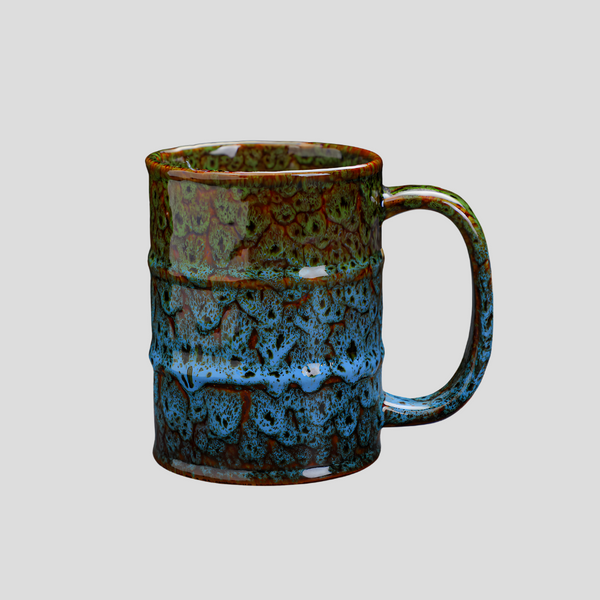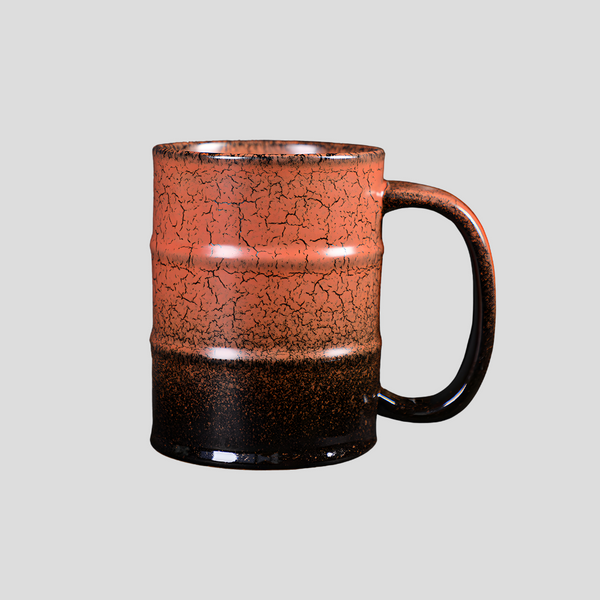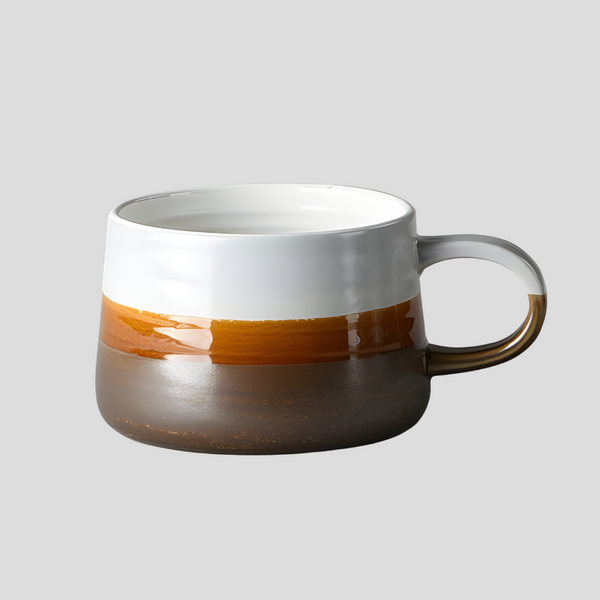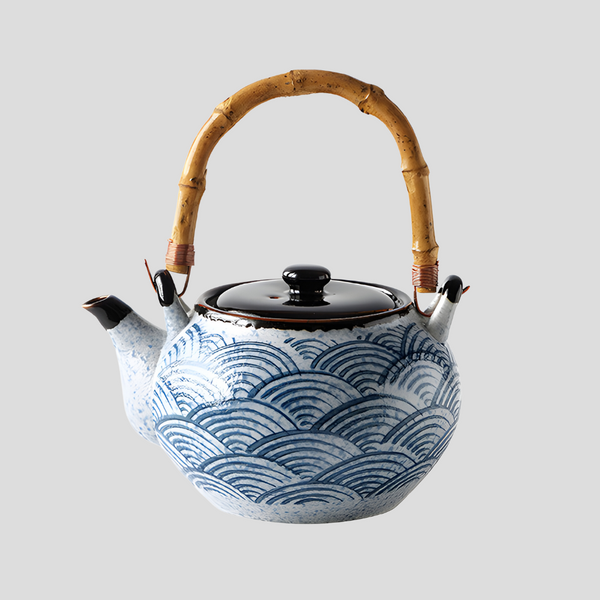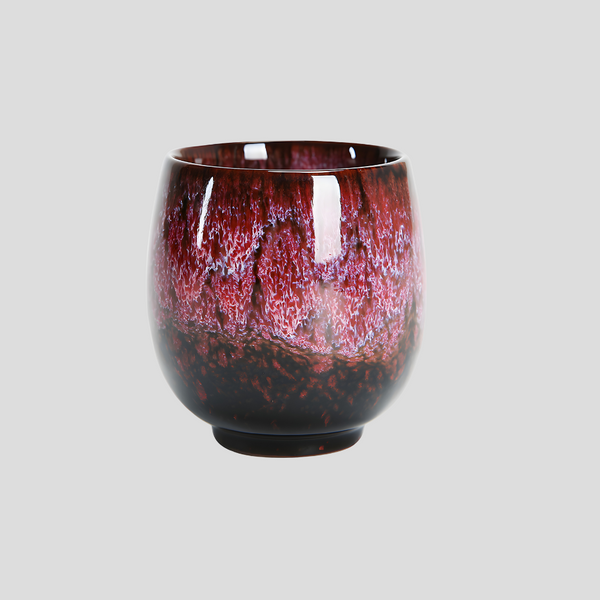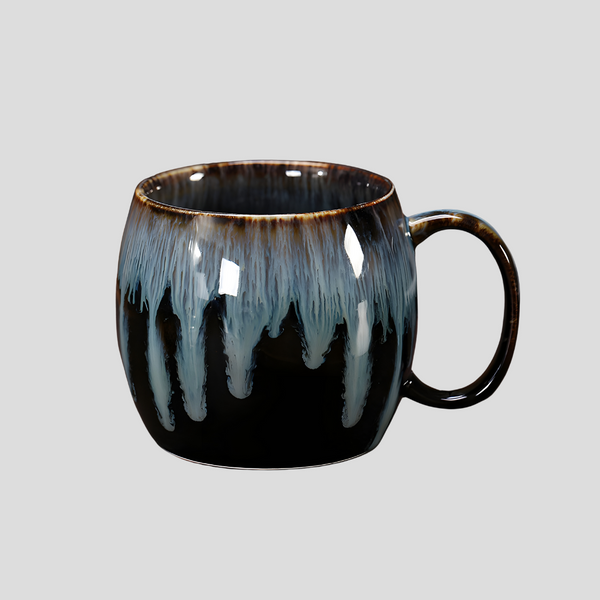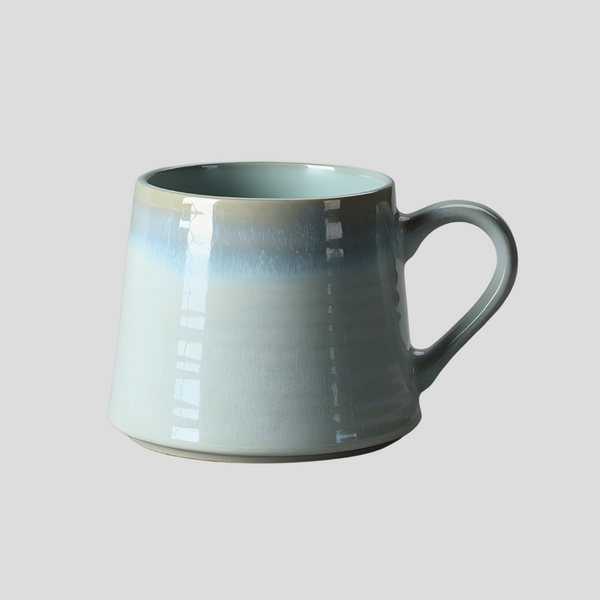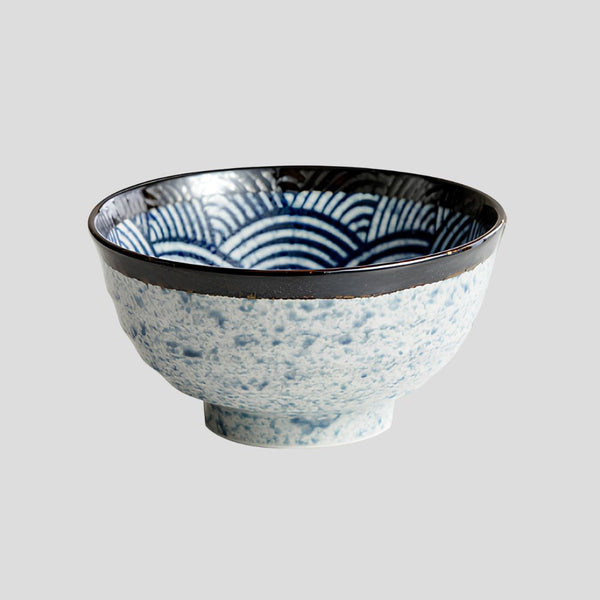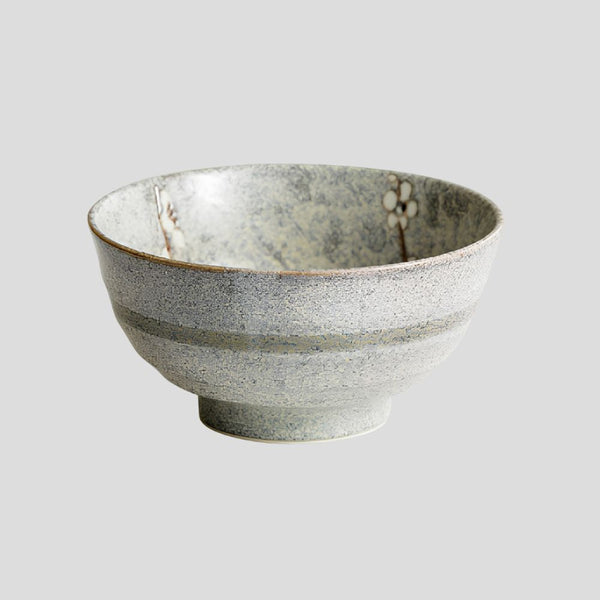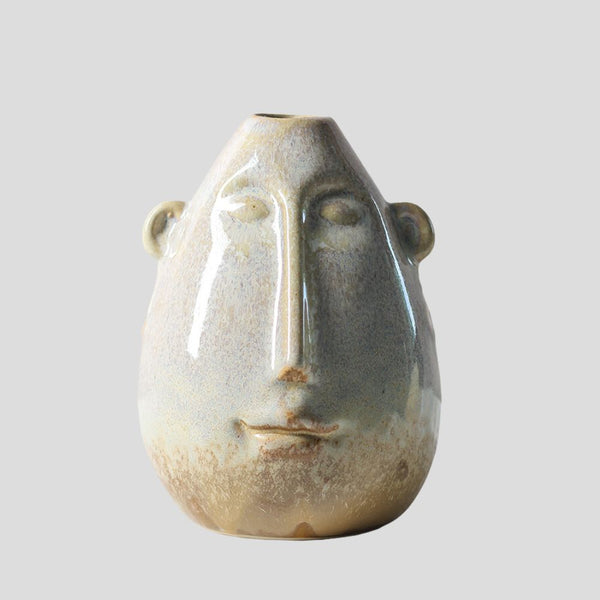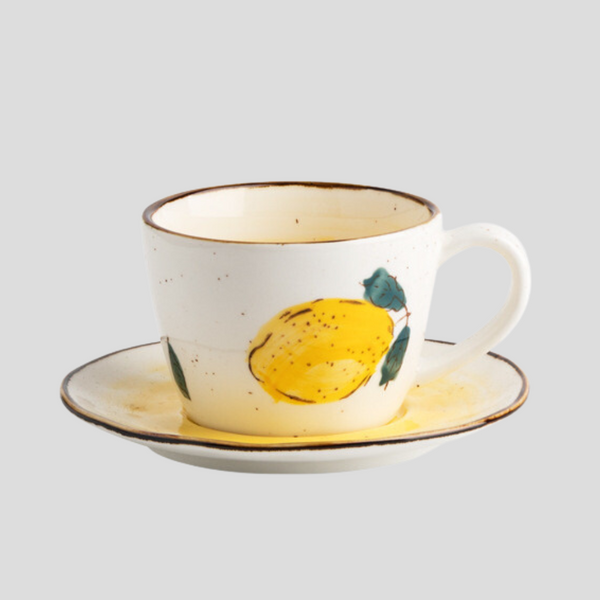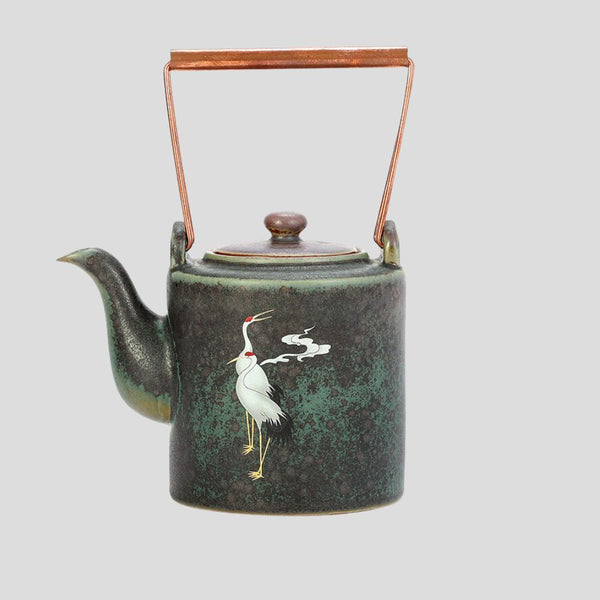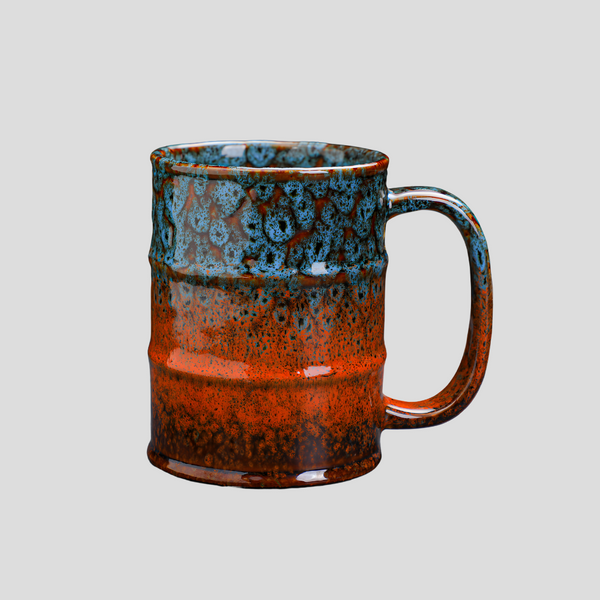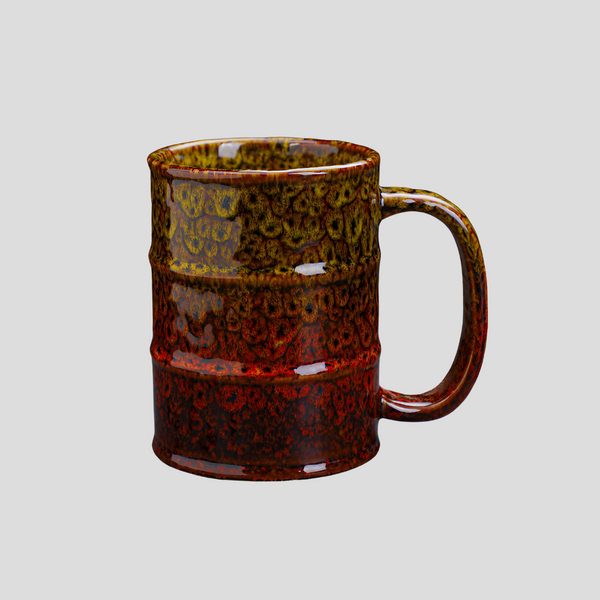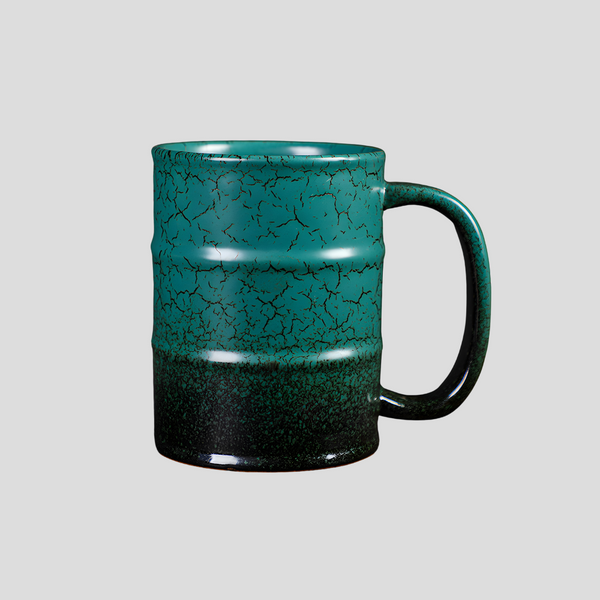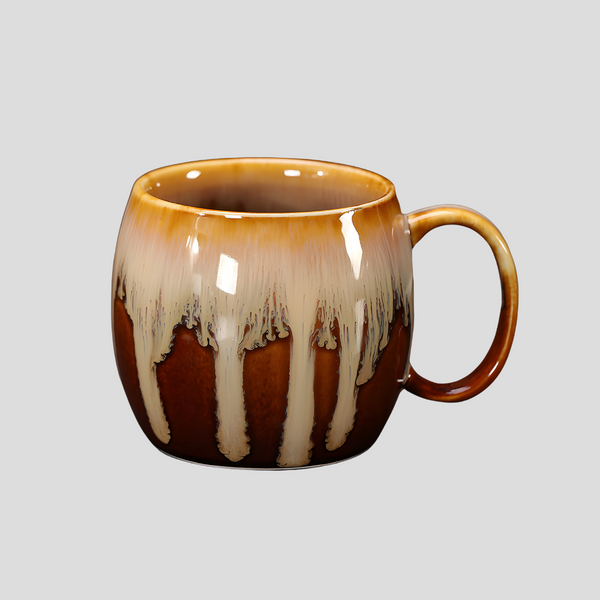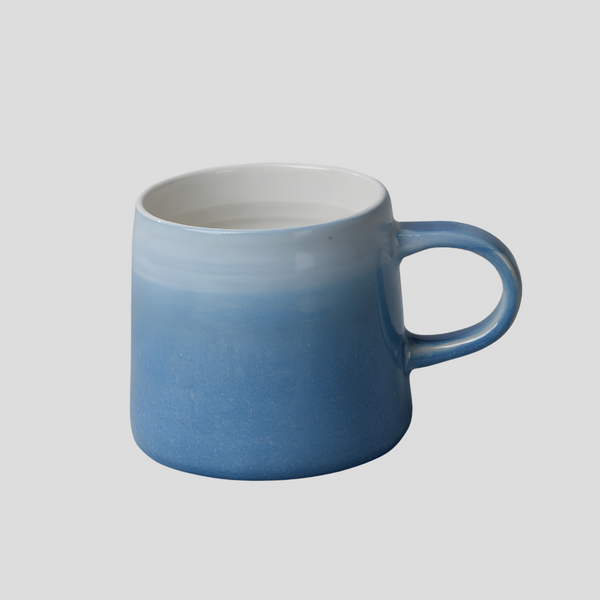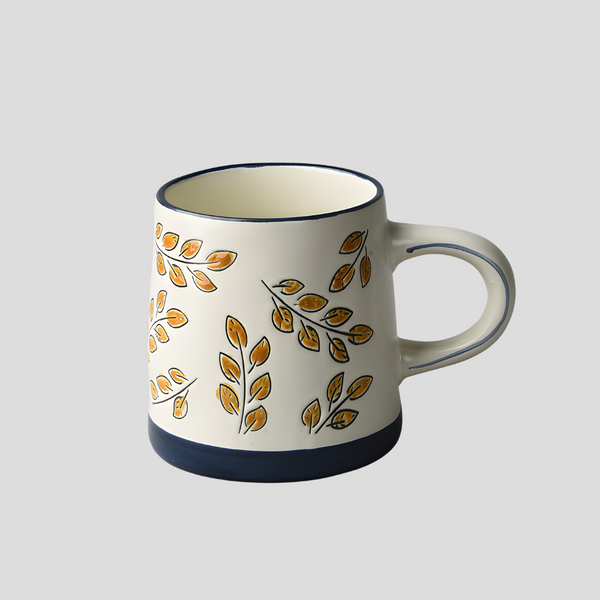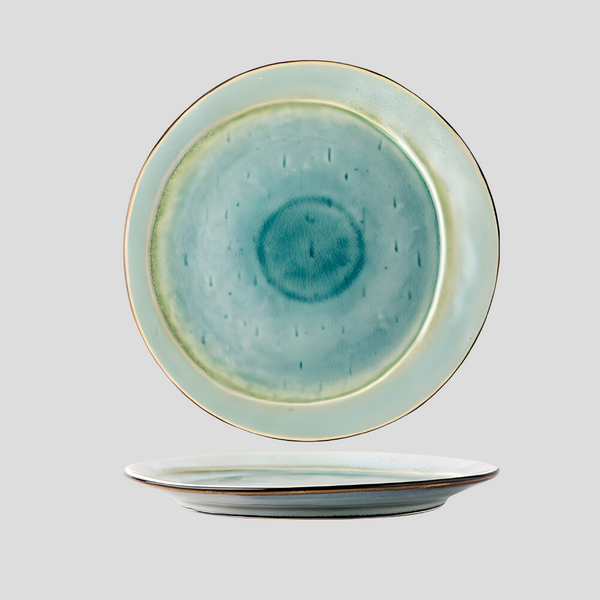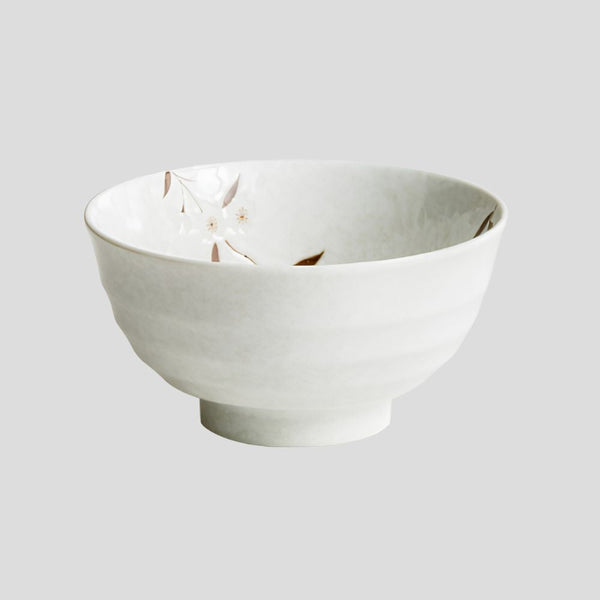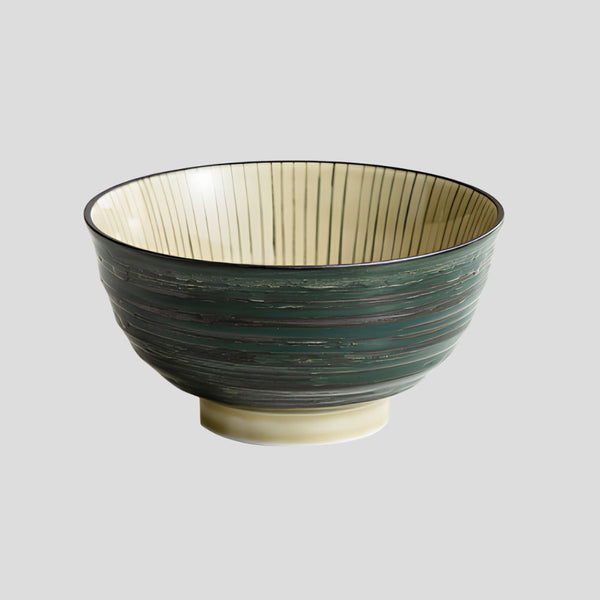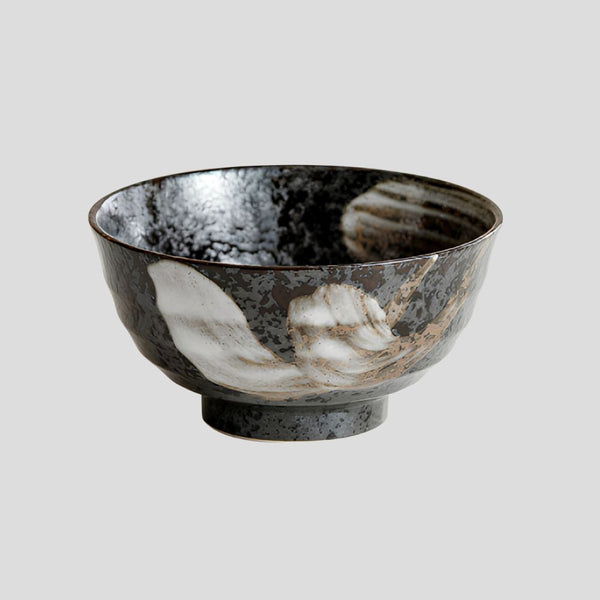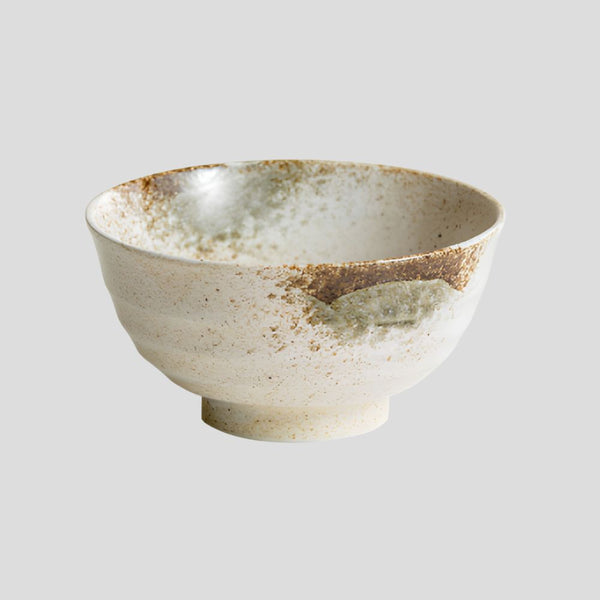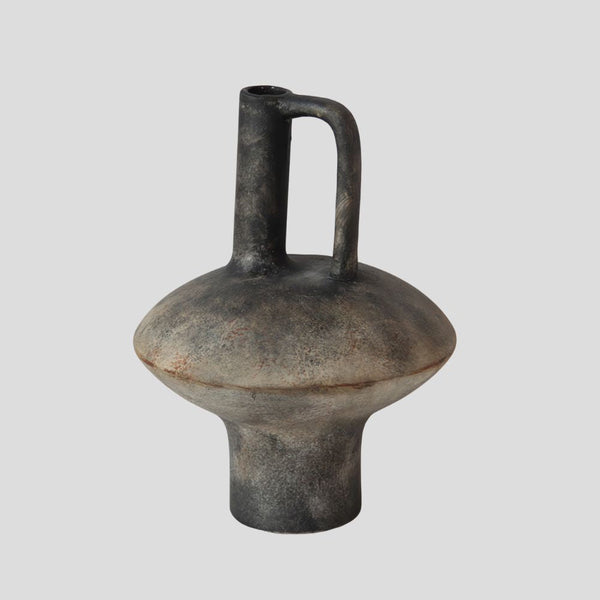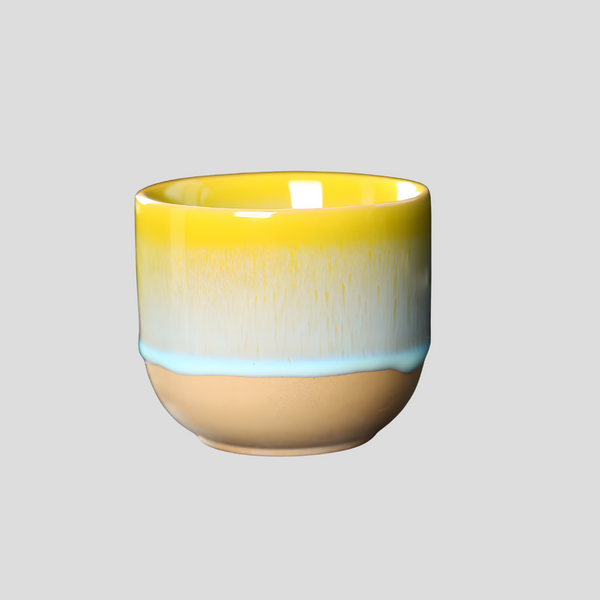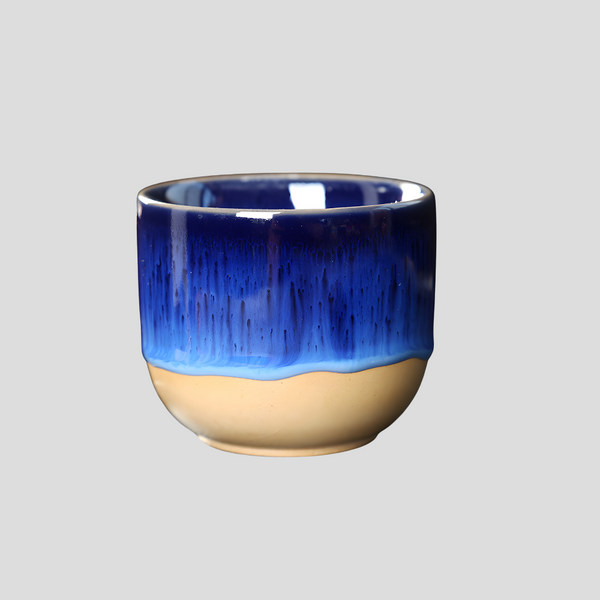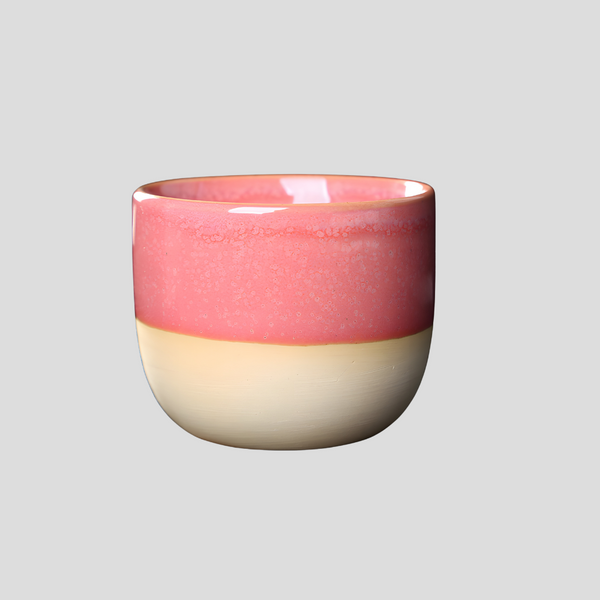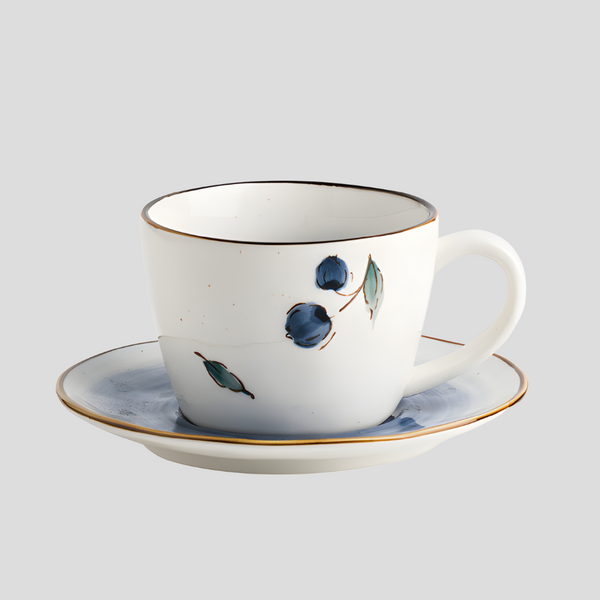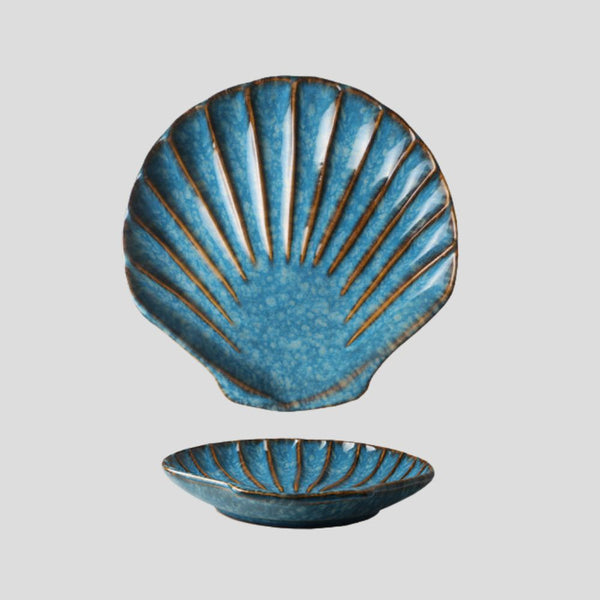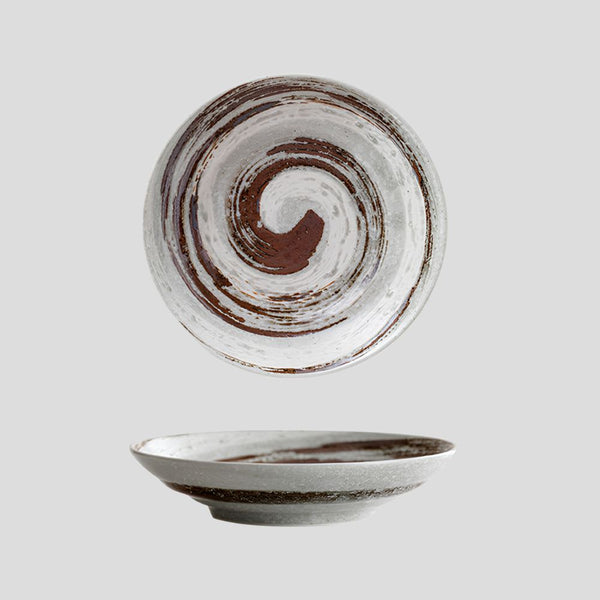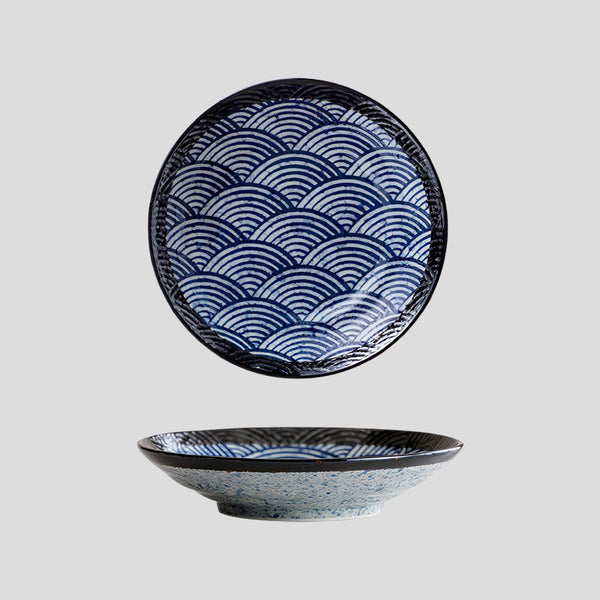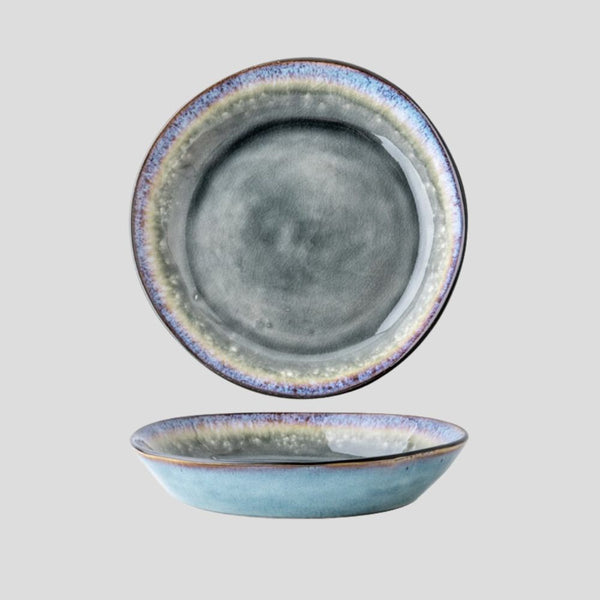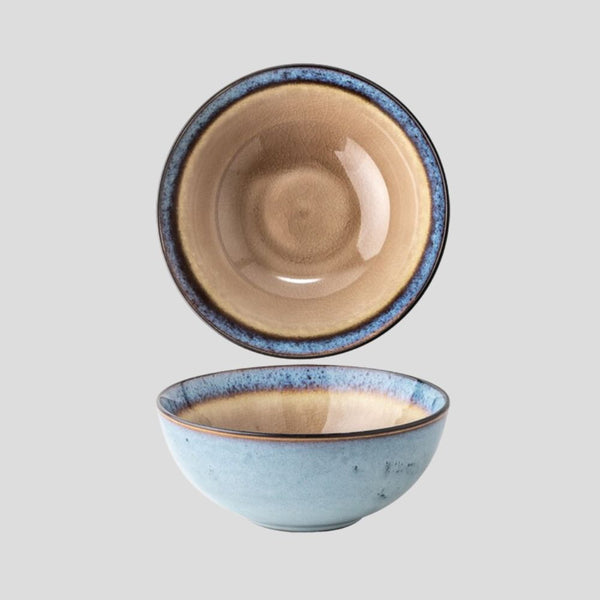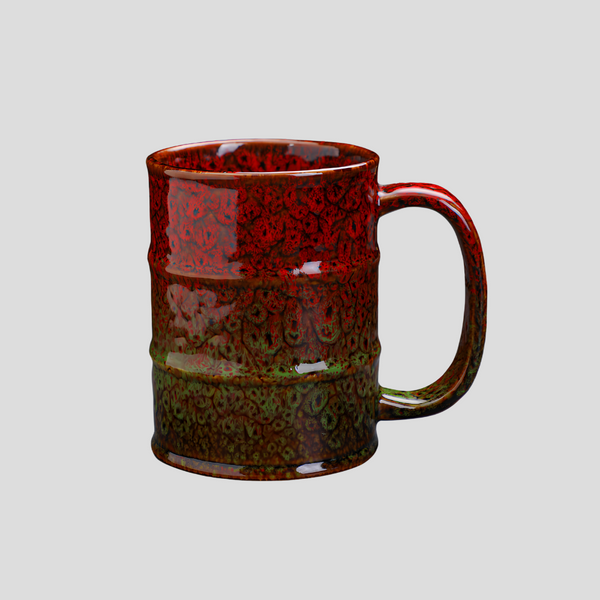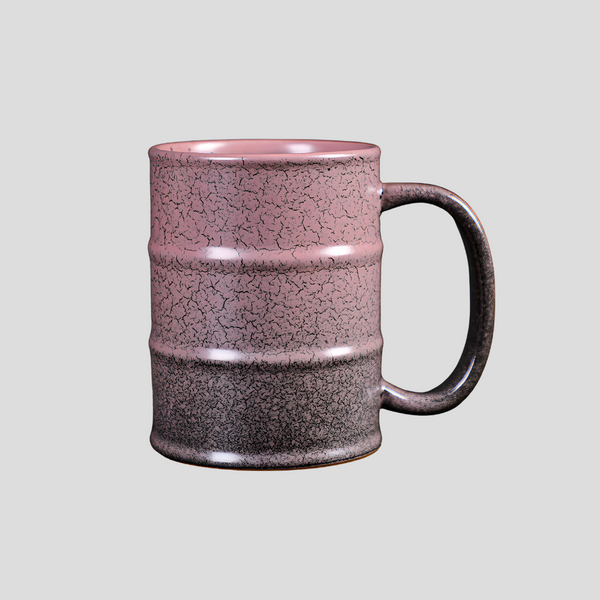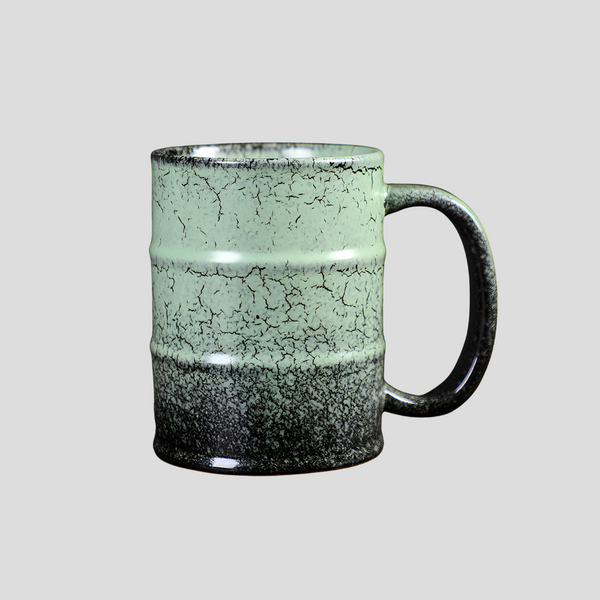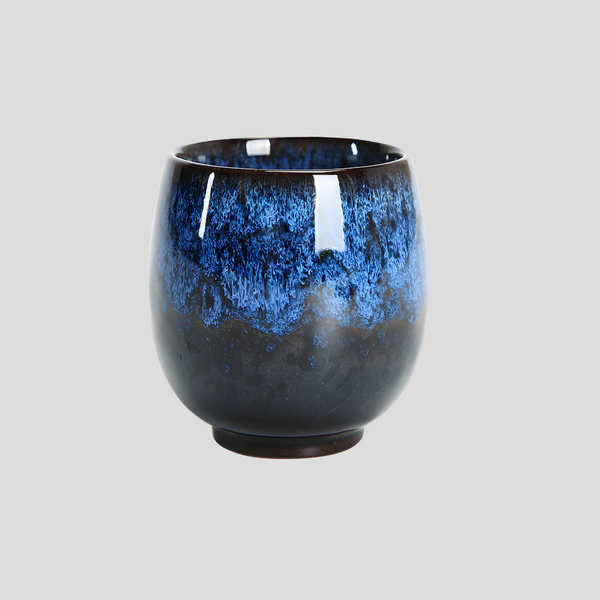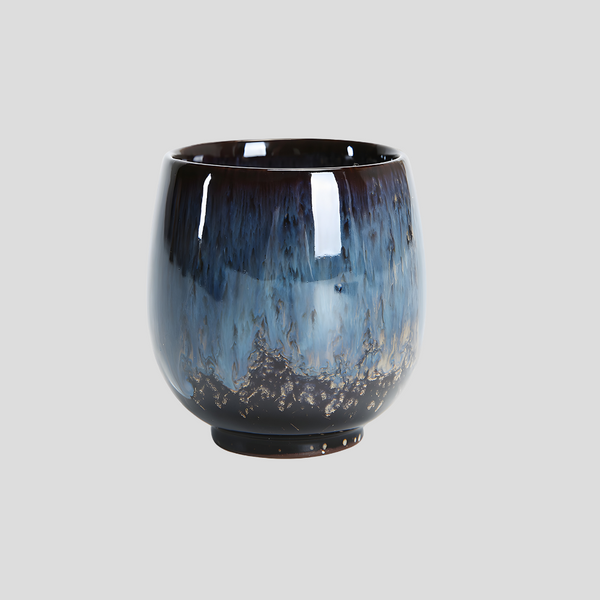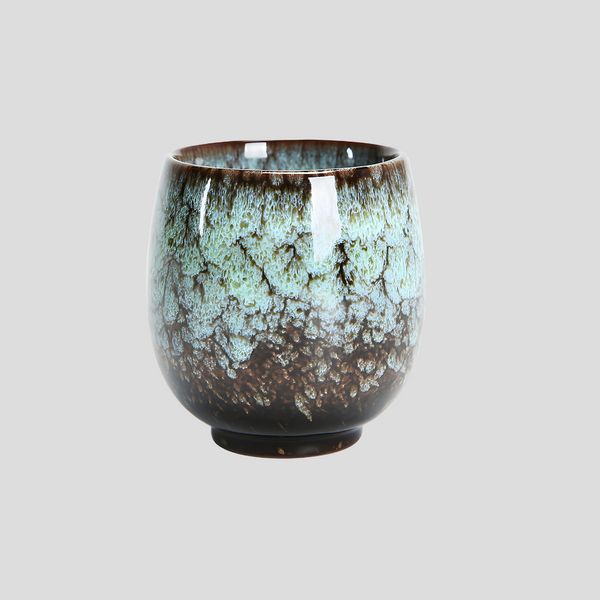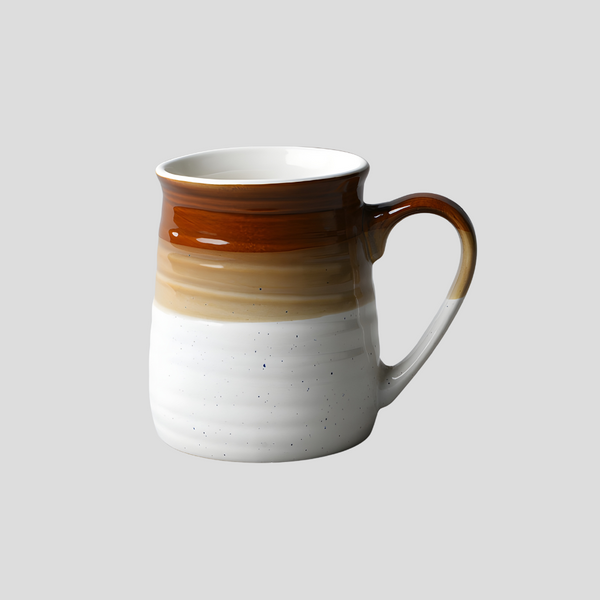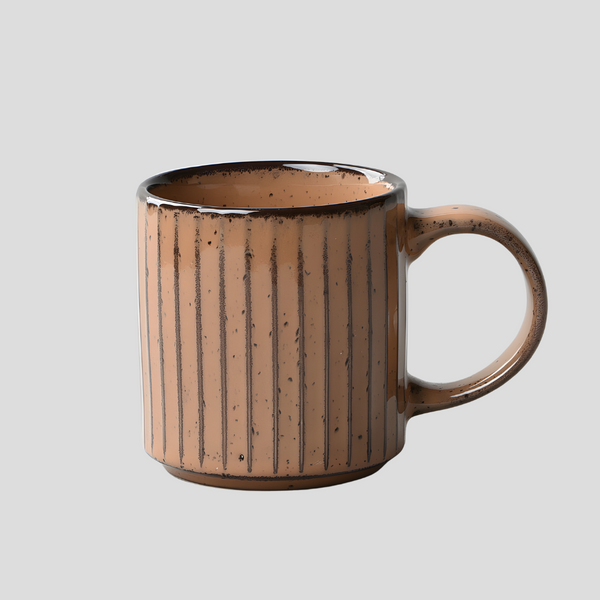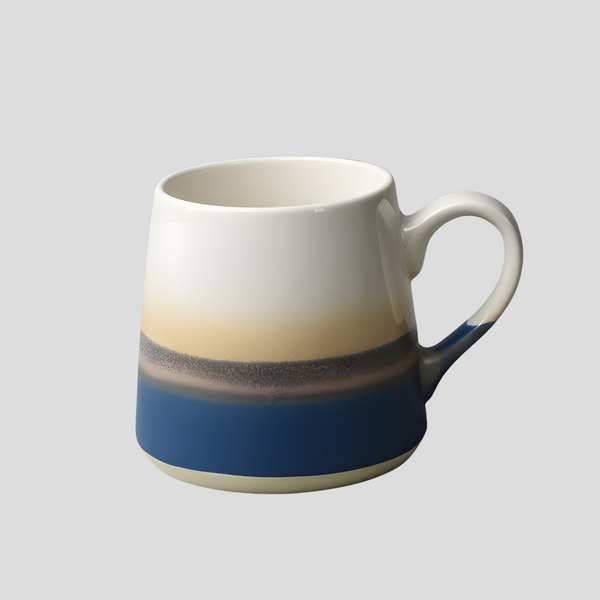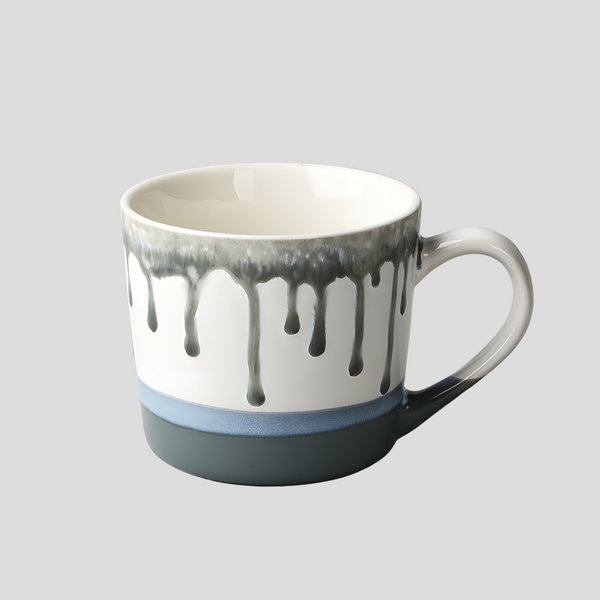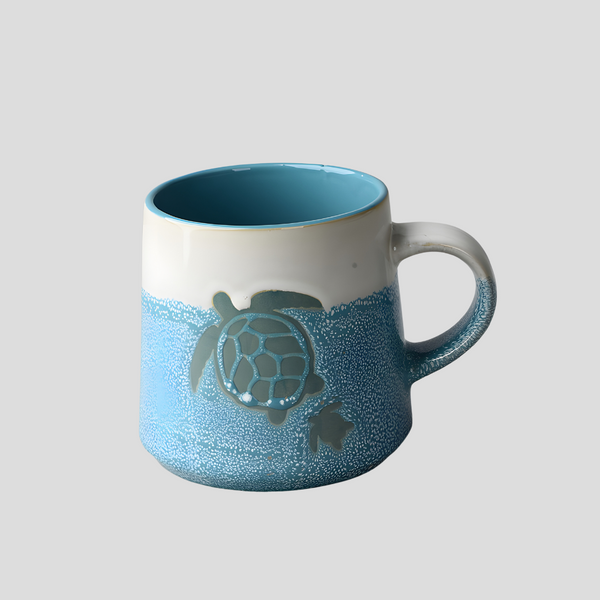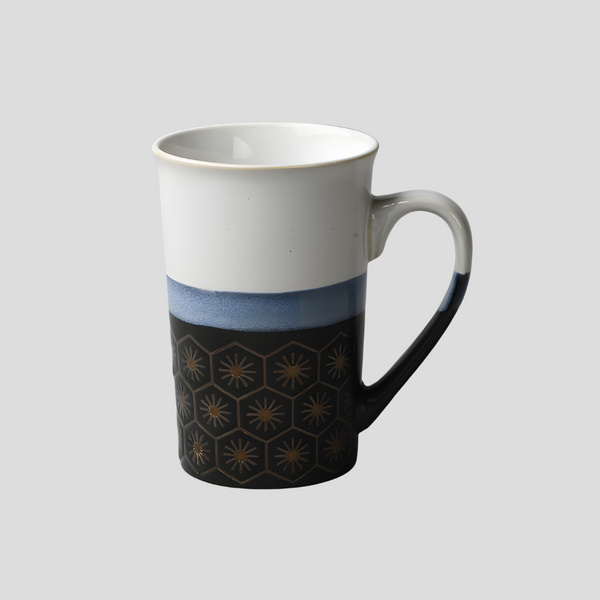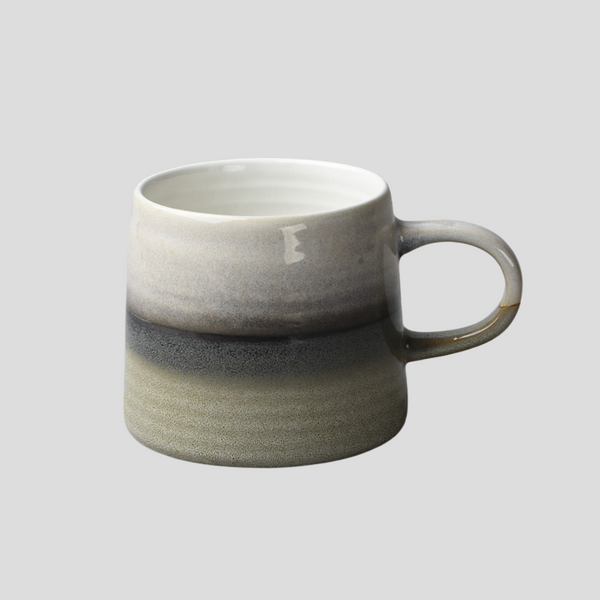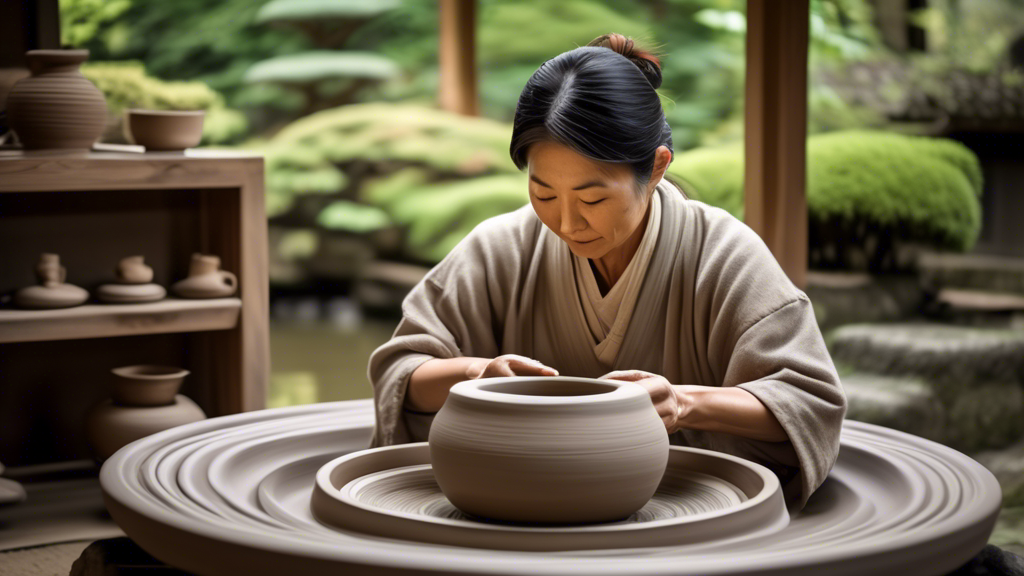
Exploring the Tradition of Seto Ceramics in Japan
The tradition of Seto ceramics is a fascinating journey through Japanese history and artistry. This storied craft, originating from Seto city in Aichi Prefecture, has been an integral part of Japanese culture for over a thousand years. Revered for their beauty, durability, and practicality, Seto ceramics hold a unique place in the world of pottery, embodying a rich historical narrative and a continually evolving craft tradition. The city of Seto is often nicknamed the “Pottery Town” due to its long history of ceramic production, which dates back to the Kofun period (300-538 CE). However, the most pivotal development occurred in the Heian period (794-1185), when kiln technology, glazing techniques, and pottery styles were significantly refined. It was during this time that Seto potters began creating high-quality glazed ceramics that would later come to characterize Seto ware. The region’s abundant resources, including quality clay and a variety of minerals for glazes, facilitated the growth of the craft. Seto potters were among the first in Japan to use glazing techniques, leading to the creation of more durable and water-resistant wares. This innovation was pivotal in the history of Japanese ceramics and greatly influenced other pottery regions. In the Kamakura period (1185-1333), Seto ceramics gained national prominence as the demand for tea ceremony utensils and other forms of high-quality pottery rose. The potters adapted by developing new styles and glazes, including the famous Setoguro (black Seto) and Shino ware, which are still celebrated today for their rustic elegance and naturalistic beauty. Seto is one of the “Six Old Kilns” of Japan, a designation that refers to the most ancient and influential ceramic traditions in the country. This prestigious group includes Bizen, Echizen, Shigaraki, Tamba, and Tokoname, in addition to Seto. Being part of this historic group underscores the importance of Seto ceramics in Japanese cultural heritage and its role in the development of Japanese pottery. While deeply rooted in tradition, Seto ceramics are not confined to the past. Modern potters in Seto continuously innovate by experimenting with new materials, techniques, and designs while still honoring traditional methods. Today, Seto ceramics encompasses a wide range of products, from tableware and tea ceremony utensils to artistic sculptures. Each piece reflects the unique craftsmanship and aesthetic sensibility that Seto pottery is known for. For those interested in experiencing the beauty and tradition of Seto ceramics firsthand, the city of Seto itself offers a wealth of opportunities. Numerous kilns and workshops open their doors to visitors, providing demonstrations and pottery classes. The Seto Ceramics and Glass Art Center is a particularly notable destination, offering exhibits on the history of Seto ware as well as contemporary pieces. Moreover, the annual Setomono Matsuri (Seto Ceramics Festival) is a celebration of the craft, attracting enthusiasts from across Japan and the world. Seto ceramics represent a significant chapter in the story of Japanese art and craftsmanship. Through their history, beauty, and enduring popularity, these ceramics provide a window into the cultural heritage of Japan and highlight the skillful blend of tradition and innovation that defines Japanese craftsmanship.Exploring the Tradition of Seto Ceramics in Japan
The Origins of Seto Ceramics
Development and Influence
The Six Old Kilns of Japan
Modern Seto Ceramics
Experiencing Seto Ceramics
